There are a couple of reasons why the Indian Head Penny is one of the favorites of many coin collectors. It boasts an admirable design, originates from the 19th-century epoch, and older dates often fetch higher prices. But today, we’ll focus more on the 1895 Indian Head Penny and its valuation.
We laid out the different varieties and their estimated value in this article. Plus, a quick background history to get to know the coin more. But before we start, here’s a summarized 1895 Indian Head Cent value chart for circulated, uncirculated, and proof condition.
| 1895 Indian Head Penny Value List | |
| Coin Grade | Estimated Value |
| Good (G4) | $1.50 |
| Fine (F12) | $4 |
| Extremely Fine (XF40) | $25 |
| About Uncirculated (AU50) | $25 |
| Uncirculated (MS 60-66) BN | $40-$350 |
| Uncirculated (MS 61-66) RB | $65-$615 |
| Uncirculated (MS 62-67) RD | $105-$20,000 |
| Proof (PF 62-66) BN | $210-$1,200 |
| Proof (PF 62-67) RB | $220-$3,900 |
| Proof (PF 63-67) RD | $375-$7,000 |
These values are the recent data presented by NGC for the year 2023. Later, we will further discuss the different varieties based on their color—Brown, Red Brown, Red—and provide valuable auction history for each.
1895 Indian Head Penny History
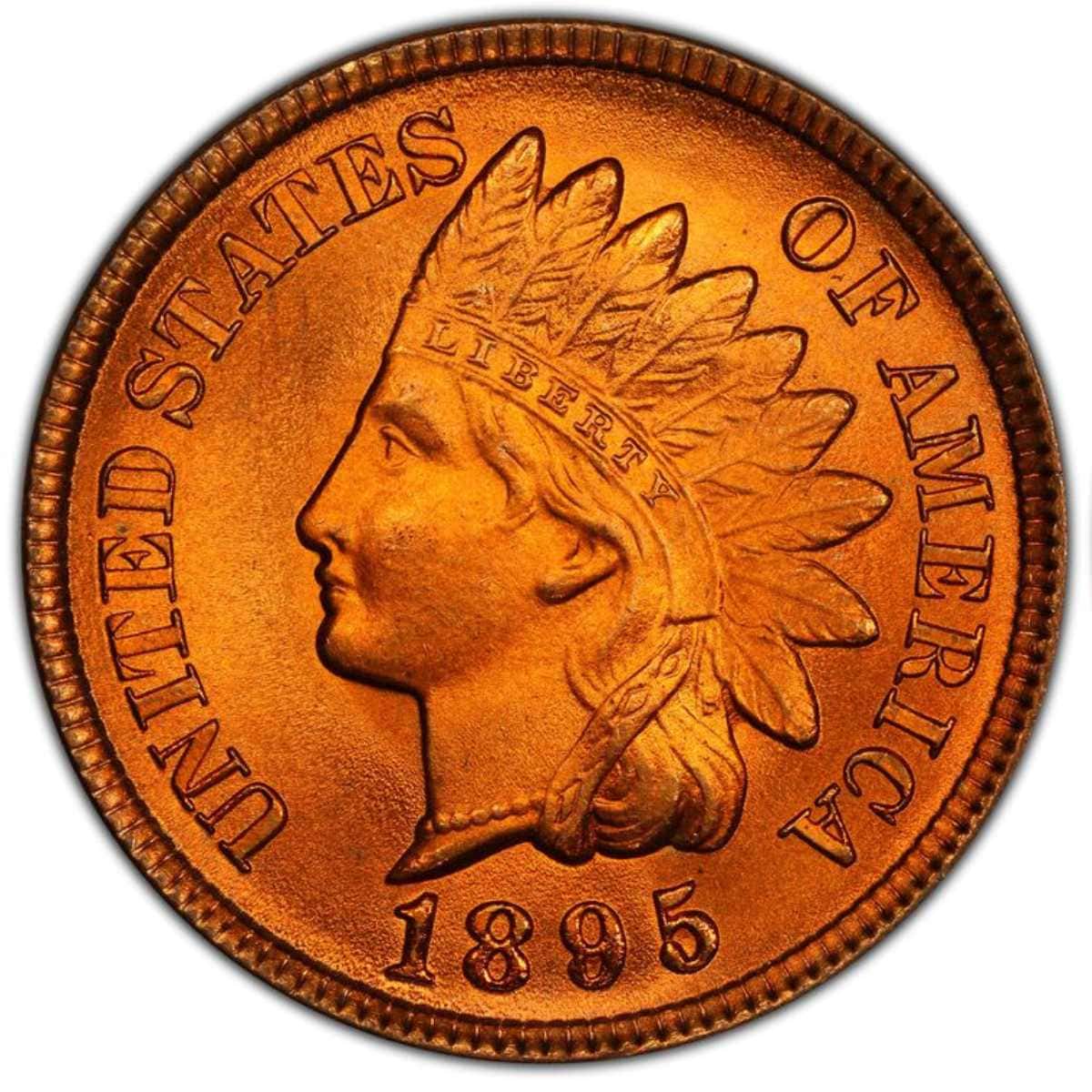
The 1890s had the most unparalleled watershed events in American history, especially the Panic of 1893. During this year, the United States experienced economic depression. Unemployment rates increased because of failed investments, collapsed properties, and poor government performance.
Bullion coins took the interest of most during the crisis. Many amassed gold and silver and rejected the banknotes to save for the long-winded financial downfall. It is also inconceivable that Americans would hoard bronze cents, given its low value.
However, the Philadelphia Mint also had its fair share of turmoil. The facility curtailed cent production, releasing less-than-average circulation strike pennies.
However, in 1895, the Philadelphia Mint managed to recover despite the ongoing economic depression. They produced normal mintage again, making 1895-dated cents readily available today—even top-end pieces are ample for advanced collectors.
1895 Indian Head Penny Information
- Category: Indian Cents (Bronze, 1864-1909)
- Face Value: One Cent
- Obverse-Reverse Designer: James Barton Longacre
- Metal Composition: 95% Copper, 5% Tin and Zinc
- Weight: 3.11 grams
- Diameter: 19.00 millimeters
- Edge: Plain
Redesign On The Later Years
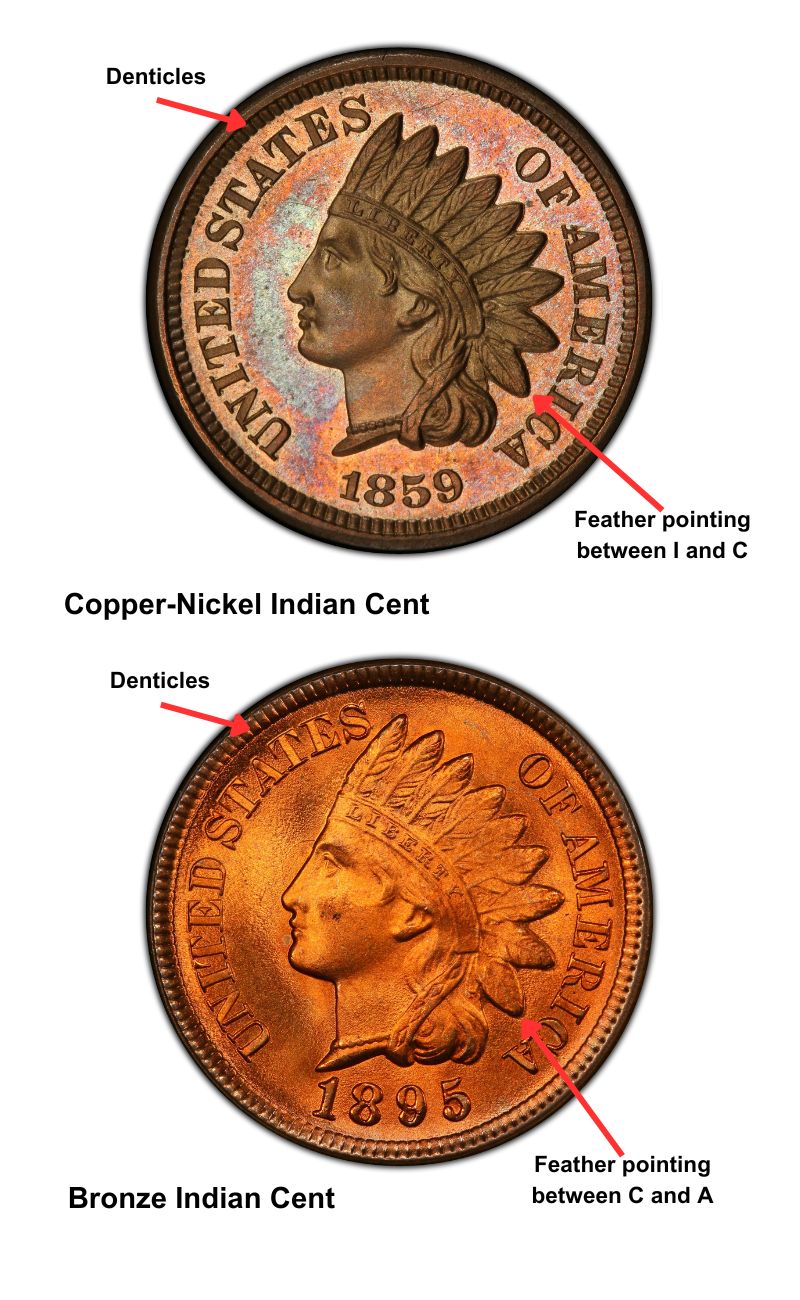
The Indian Head penny is famous to many collectors for its Civil War history. However, there have been many redesigns since its inception in 1859. A few of which is the change in metal composition from copper-nickel to bronze and the decrease in weight. But let’s talk about some of the design.
The original copper-nickel version has denticles closer to the edge, while the 1895 bronze cent has more prominent space. The last feather in the Indian head was also adjusted—from pointing between I and C to C and A in AMERICA.
On the reverse side, there was barely any change since its final design composition in 1860 with a shield and wider oak wreath surrounding the word ONE CENT. The tiny details, such as the acorn, arrow, and fruit, are still evident in the 1895-dated cent.
1895 Indian Head Penny Valuation
In this section, we’ll thoroughly discuss the estimated prices of circulated, uncirculated, and proof condition 1895 cents. But before we dive into it, let’s briefly talk about the copper color and how it can affect the penny value.

Copper, in its pure state, has a red-orange color. However, constant exposure to different environmental factors, like water vapor, can turn it into a deep patina.
- Red (RD) is highly valuable because it has retained 95% of its original copper color.
- Red Brown (RB) has signs of chemical reaction and oxidation, losing 5% to 95% of the orange-red color. It spans a vast spectrum from red to tan color. But to ensure the designation, better seek help from coin grading services.
- Brown (BN) is lower in value since it has been long exposed to the atmosphere and has gained a light to dark brown color. Some would still have 10% percent redness on one side and brown on the other.
1895 Indian Head Penny Value
The Philadelphia Mint released 38,341,574 pieces of 1895 Indian Head Cent. It is double the number of the previous year, making most grades readily available. But as expected, fully red gems are lesser but enough to cater to advanced collectors.
| Coin Grade | Brown (BN) | Red Brown (RB) | Red (RD) |
| MS-60 | $40 | / | / |
| MS-61 | $55 | $65 | / |
| MS-62 | $65 | $75 | $105 |
| MS-63 | $90-$100 | $110 | $175 |
| MS-64 | $120-$150 | $225-$280 | $425-$535 |
| MS-65 | $220-$260 | $360-$450 | $750-$1,100 |
| MS-66 | $350 | $615 | $1,850-$6,000 |
| MS-67 | / | / | $20,000 |
1895 Cents: Brown (BN)
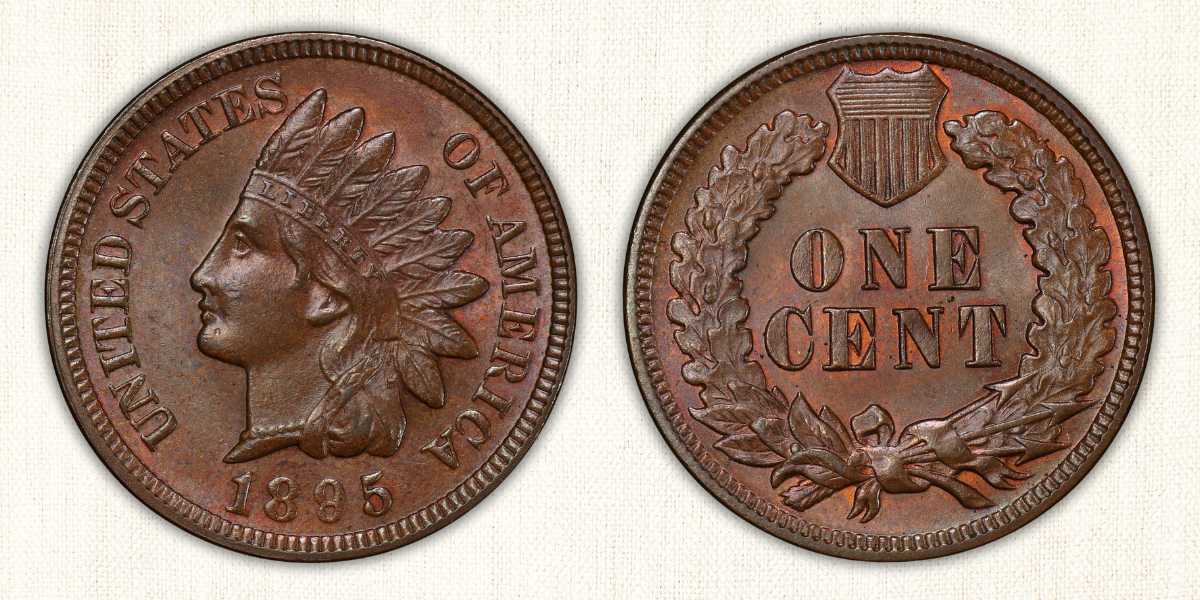
Circulated condition cents only apply to those with BN designation. But higher grades are also available for this variety, reaching up to MS-66. Today, an 1895 Indian Head Cent circulated condition is worth $1.50 to $25, while uncirculated can fetch around $40 to $350.
The most common grade for an 1895 Indian Head BN is MS-64, followed by MS-65, with over a hundred known examples. But as expected, an MS-66 BN offers the highest bid record of $408 sold by Heritage Auctions.
1895 Cents: MS Red Brown (RB)
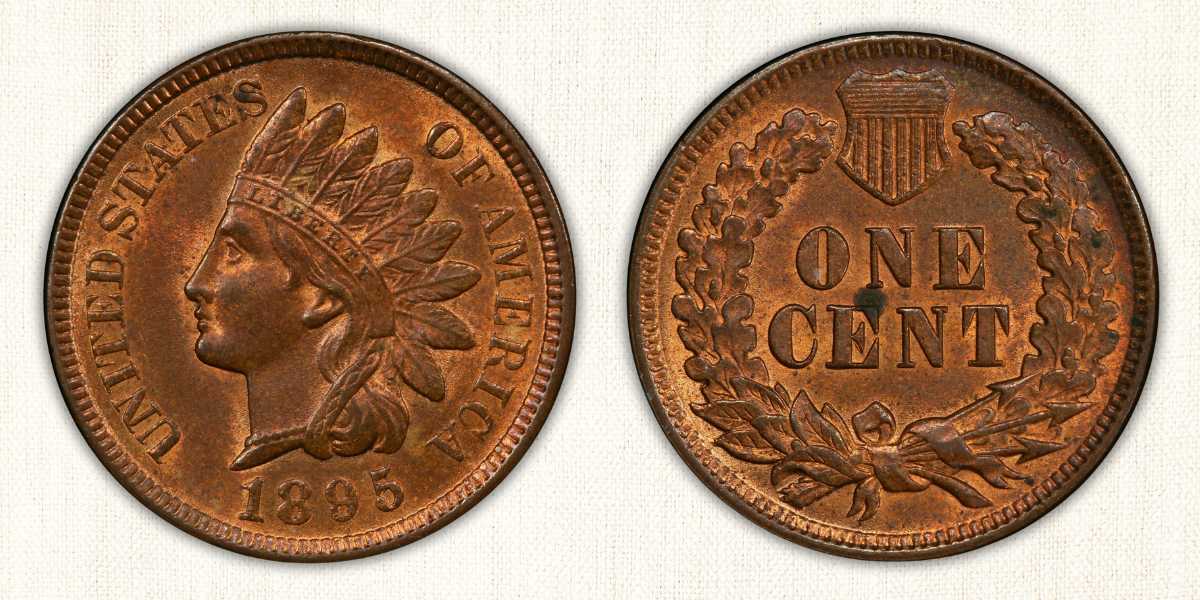
The RB variety is lower in number than BN but offers a dozen more examples in mint state condition. The lowest grade available is MS-61, while MS-66 is the highest recorded. Currently, an 1895 MS RB Indian Cent can sell for $65 to $615, double the price of BN.
In terms of population, MS-64 has roughly 372 examples, followed by MS-63, with 206. Since it is quite many, the auction record of these grades does not exceed $200 unless it has an error that can elevate its price.
Today, the highest sold for this variety is an MS-66 RB, which fetched $900 during a 2021 auction.
1895 Cents: MS Red (RD)
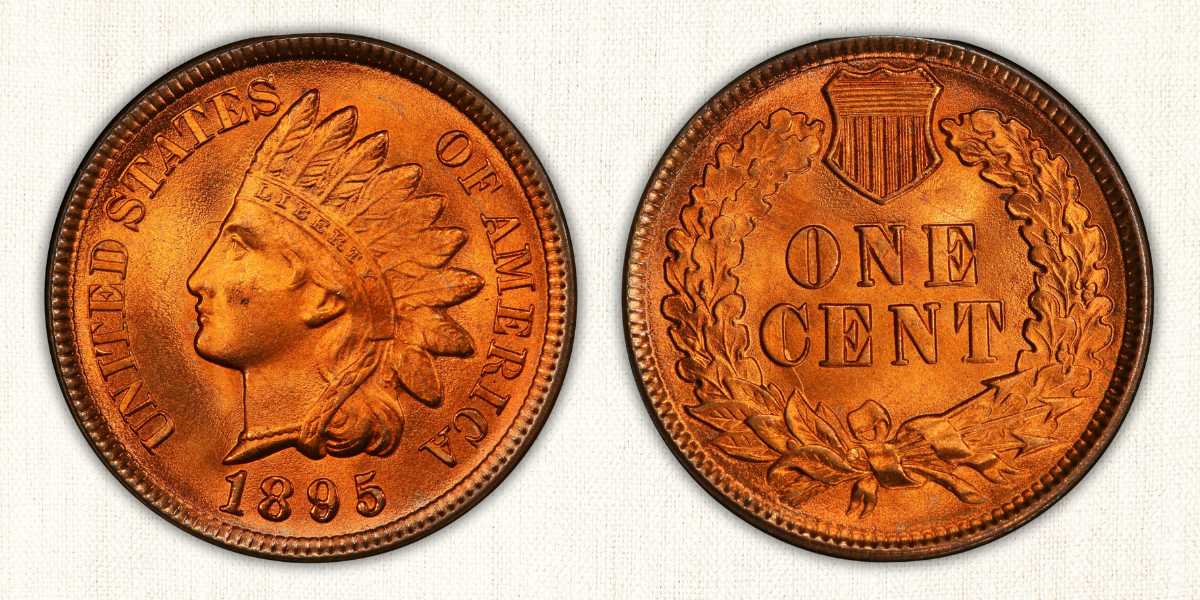
This coin classification, without a doubt, is kept in an ideal environment. All are in mint state condition and have that bright red luster. In fact, the lowest grade available for this variety is MS-62, with MS-67 being the highest.
Most grades are easy to acquire, but expect MS-66 and above to be tricky since there are less than 50 examples. Today, an 1895 MS RD Indian Cents is worth around $105 to $20,000. With a price jump to a thousand, we can already say how valuable a penny in red color is.
Now—to back it up, let’s look into the auction records of this variety.
According to PCGS, the highest auction record is an 1895 MS67 RD Cent sold for an astounding $40,250 by Heritage Auctions. And it’s not all, as another of the same grade sold for $36,800 by Bowers & Merena.
1895 Proof Indian Head Penny Value
The 1895 proof cents have more mintage, compared to the late 1880s production and early ’90s, with 1,862 total. Many are available in gem condition, although cameo pieces are harder to find.
| Coin Grade | Brown (BN) | Red Brown (RB) | Red (RD) |
| PF-62 | $210 | $220 | / |
| PF-63 | $265 | $300 | $375 |
| PF-64 | $325 | $490-$550 | $725 |
| PF-65 | $575-$650 | $625-$950 | $1,500 |
| PF-66 | $1,200 | $1,300 | $2,000 |
| PF-67 | / | $3,900 | $7,000 |
1895 Cents: PF Brown (BN)
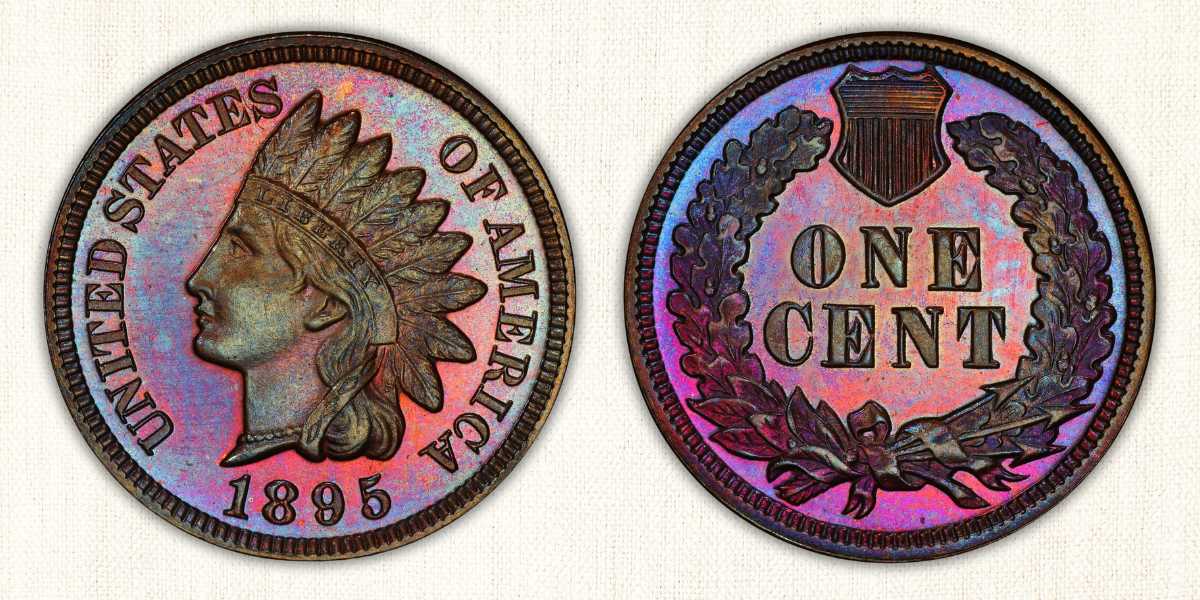
Proof coins, in general, offer higher value since it has stronger strikes, early die states, and are spot-free. An 1895 PF BN Indian Head Cent is worth around $210 to $1,200. But it can go over, especially when placed in an open auction.
An example is the 1895 Cent PF67 BN, sold for $4,025 by Heritage Auctions. This lushly-toned coin reached such high value since it is the finest known specimen under the brown category. Meanwhile, the PF-66 BN comes close to the estimated value with a price realized of $1,703.75 during the Coins Signature Auction in 2016.
1895 Cents: PF Red Brown (RB)

An 1895 Indian Cent PF RB has a hundred examples, with grades ranging from PF-62 to PF-67. This coin variety is valued at $220 to $3,900, only a few dollars higher than BN cents. But this differs from the previous one as it has cameo pieces. According to NGC, a PF-65 RBC is well worth $900.
Now—let’s see their standing on the auction record.
The highest sale price for this category is a die variety of PF-66 RB with Repunched Date (RPD) sold for $4,320 by Heritage auctions. We’ll discuss more of it later in another section. But if we exclude those with RPD, the highest is a PF-67 RB sold for $3,407.50 in a 2016 auction.
1895 Cents: PF Red (RD)
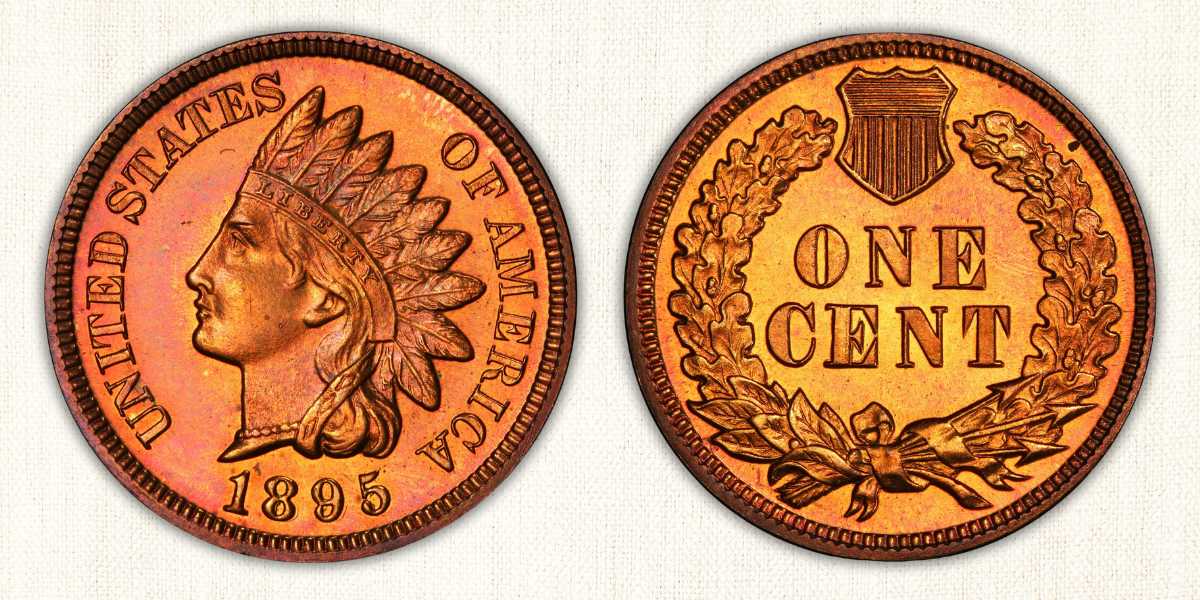
An 1895 Cent PF RD can sell for $375 to $7,000. On the other hand, PF RDC pieces are worth $1,100 to $4,500. Even with the cameo, it is still lower than the regular strike coins, as Variety Collectors show little interest in proof coins. But in open auctions, it surely can go beyond the estimated value.
With population, the 1895 Cents PF RD has less than a hundred known examples, making it harder to obtain. PF-67 only has four known specimens, which all appeared in an auction. But one of them fetched a premium of $10,350 during a 2008 auction.
Are There Any 1895 Indian Head Penny Error Coins?
The Philadelphia Mint released many 1895 Indian Head Cents with a Repunched Date (RPD). But while many think of it as a Mint error coin, it is actually a die variety. Indian Cents, from the beginning until 1908, were hand-punched, causing a doubling in the year. The minting process only changed in 1909, when they added the year to the master die.
The RPD was most common in 1895 Cent RB, but a few BN and RD showed up in auctions and sold for hundreds of dollars. So, let’s see some of the die varieties listed by NGC and PCGS.
RPD #1: 1895 PF RB Indian Cent—Sold For $4,320
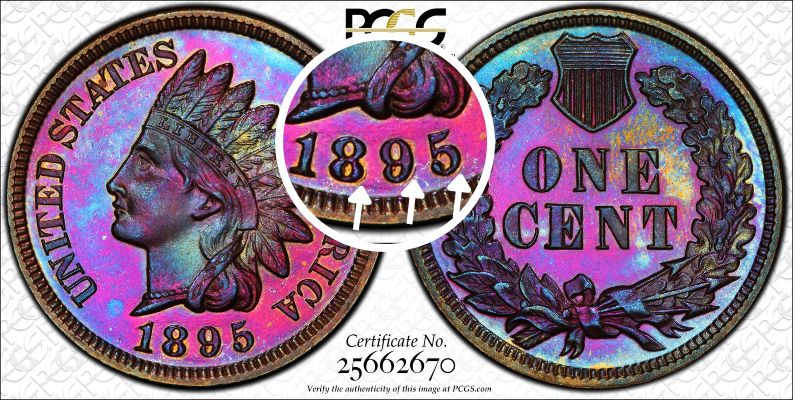
This is an 1895 PF Indian Cent in gem condition. It exhibits beautiful toning, displaying hues of light pink and blue. There are also hints of brown spread on both sides. The date doubling can are most visible in 8, 9, and 5. Each has an excess outline outside the number at the bottom part.
This coin is the highest-sold 1895 Indian Cent with RPD, with a price realized of $4,230 by Heritage Auction in 2019.
RPD #2: 1895 RB Indian Cent— Sold For $712.49
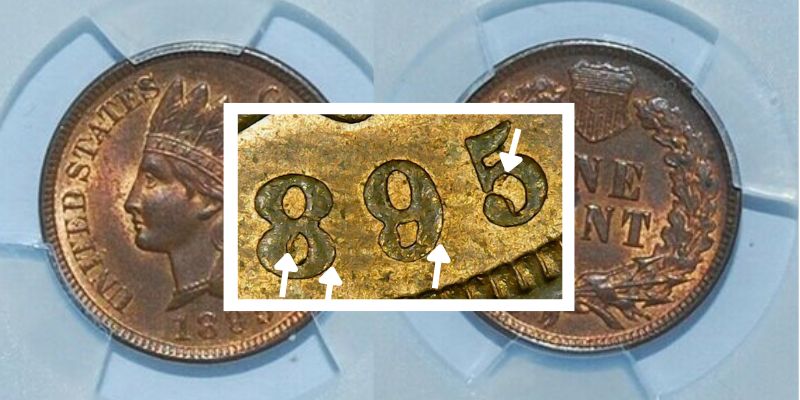
This 1895 Indian Cent is in a mint state condition with a more prominent doubling than the previous one. Here—you’ll notice a doubling inside the bottom inner space of 8 and 5. Aside from this, there are faint outlines outside 8 and 9 and at the upper portion of 5.
This coin sold for $712.49 under the eBay platform in 2022.
RPD#3: 1895 Indian Cent—Sold For $495
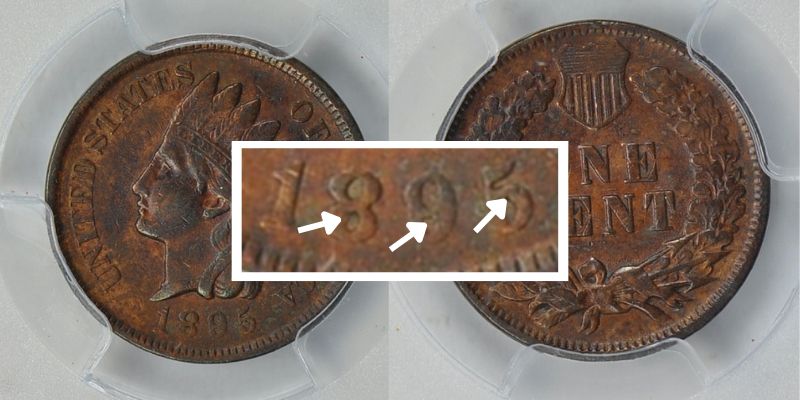
Here is an 1895 XF40 Indian Cent with a doubling of 8, 9, and 5. The photo submitted is a bit blurry, and the toning made it even harder to distinguish the RPD. But the coin has a doubling on the inner part of the 8 and 9, similar to the previous examples. The number 5 also has an extra outline. It appears on the inner side of the curve.
Despite its low grade and light surface wear, the coin was sold for $495 by Great Collections in 2014.
RPD#4: 1895 RD Indian Cent—Sold For $462
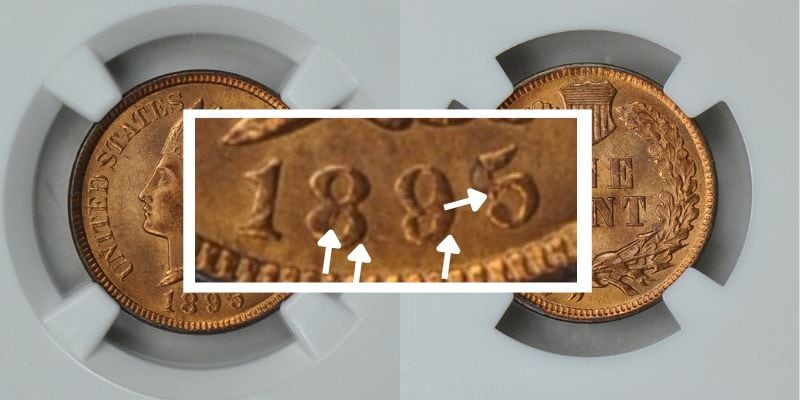
This coin is similar to the previous one since the outline is faint on the bottom of 8 and 9. There is also a doubling inside the 8, but 5 has more outward doubling and an almost whole circle at the upper field.
This coin sold for $462 by Great Collections during a 2013 Auction. But it could have sold higher if without the visible white spot on the obverse side.
RPD #5: 1895 BN Indian Head Cent—Sold For $264
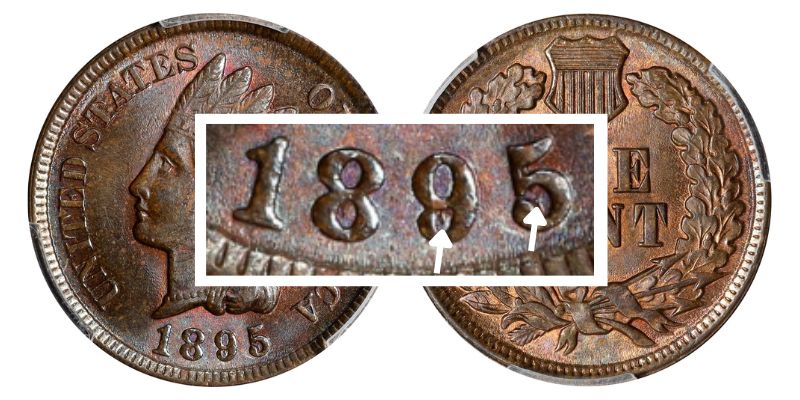
Here is an MS-65 BN Indian Cent with visible doubling on the inner part of 9 and 5. Inside 9 is an apostrophe-like mark that hangs from the inside field. The other is a half circle outlined in the curve of 5.
This specific coin was sold for $264 by Stack’s Bowers during a 2022 auction.
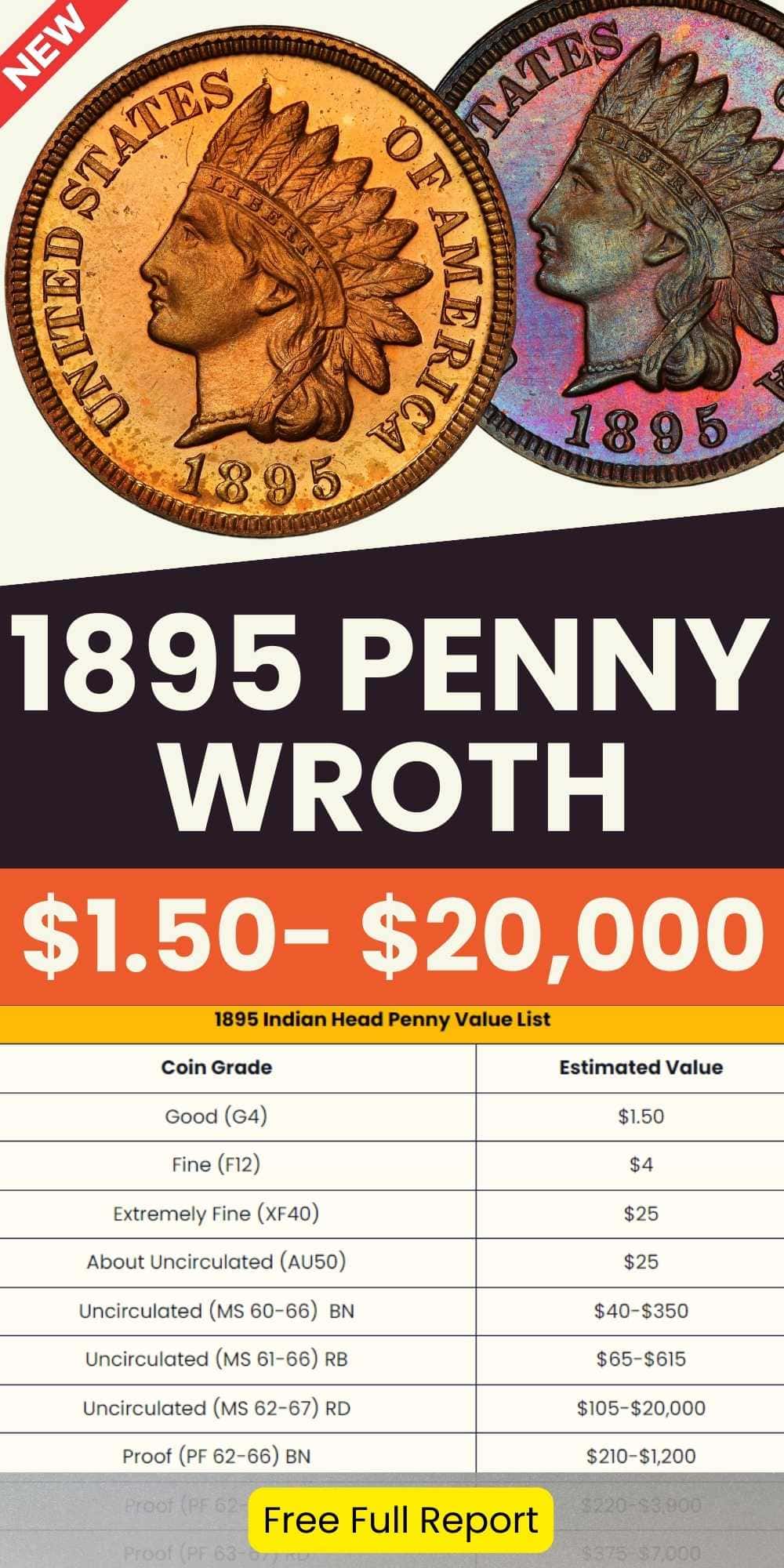
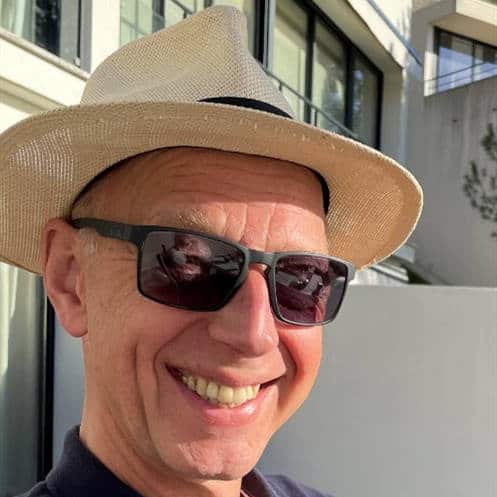
Jenson is a professional numismatist, a dedicated coin collector, a graduate of the College of Business at Oregon State, a life member of the American Numismatic Association (ANA), and an overall coin nerd. He is the founder of Coin Value List.
